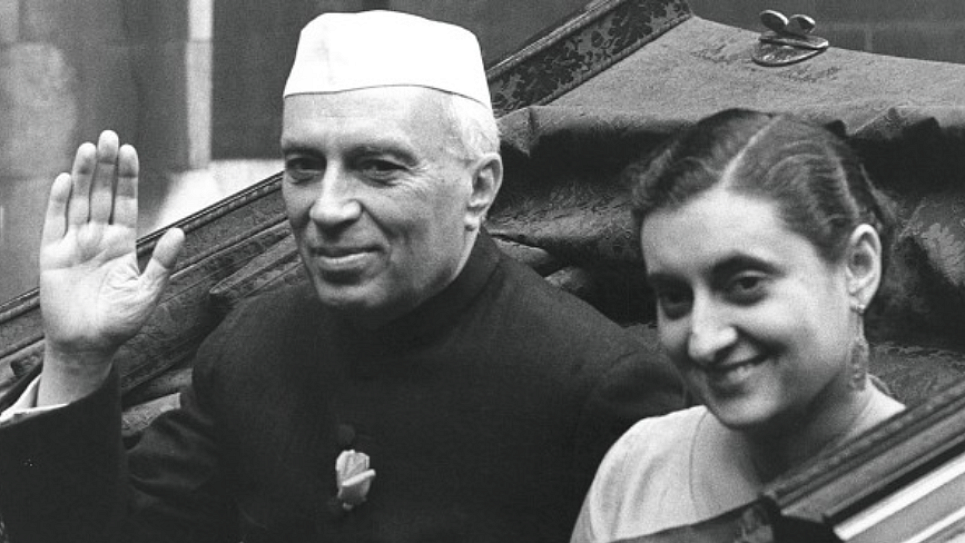Nehru’s socialism stands vindicated
Nehru’s policies had made India the most egalitarian country in the world

The latest World Inequality Report is a slap across the face of right-wing economists and pamphleteers who demonise Nehruvian socialism: Nehru’s policies had made India the most egalitarian country in the world; its abandonment has brought India the infamy of being a land with worst inequality in the world, says the latest World Inequality Report The World Inequality Report 2018 published by World Wealth & Income Database was released on December 14.
This report tells us that, with the exception of West Asia, India’s current record on inequality is the worst in the world. The report makes a comparison as to how top 10% earners in each economic regions of the world fare with regard to the national income. It finds Europe the best performing region in the world, with its top 10% earners accounting for 37% of the national income. This figure is, in itself, symptomatic of the large income inequality in Europe. But comparatively, it is better than the other heartland of capitalism, USA-Canada, where the top 10% earners have cornered 47% of the national income. Where does India stand? Its top 10% earners account for a whopping 56% of the national income.
This record is worse than that of Brazil and several countries of sub-Saharan Africa which are notorious for widespread inequality. But India can take solace from the fact that it is not holding the ugly crown in the world map of inequality. That dishonour is reserved for the countries of West Asia where top 10% rich have managed to control 61% of the respective national incomes. How has inequality panned out in in dependent India?
The report tells us that “deregulation and opening-up reforms in India since 1980s have led to substantial increase in inequality so much that top 0.1% of earners has continued to capture more growth than all those in the bottom 50% combined.” The bottom 50% in India now have 15% share in the national income whereas the top one per cent have captured 22% of the national income. Indian inequality was driven by the rise in very top incomes.
The income share of the top one per cent rose from approximately six per cent in 1982-83 to above 10% a decade after, then to 15% by 2000, and further still to around 23% as per the latest data available.
The report goes on to say that “during the first decade after the millennium, the share of the national income attributable to the top 1% grew to be larger than that pertaining to the bottom 50%. The latest data tells us that the national income share of the bottom 50% -- approximately 390 million adults – was just two-thirds of the share of the top one per cent, consisting of just 7.8 million people.”
An even stronger increase in the share of national income was experienced by the top 0.1% and top 0.01% whose share grew by 500% and 1000% respectively in the last three decades. The report makes the point that “this rising inequality in India contrasts to the 30 years following the country’s independence in 1947, when income inequality was widely reduced and incomes of the bottom 50% grew at a faster rate than the national average.”
“After independence, the then PM Nehru implemented a set of socialist policies, with strict government control over the economy, with an explicit goal to limit the power of the elite”, the report said. “The policies implemented by Nehru himself and his followers, including his daughter Indira Gandhi, up to the late 1970s, included nationalizations, strong market regulation and high tax progressivity.
These measures, and several others, had a significant impact on reducing income inequality,” the report said. This report should be an eye-opener to the pro-rich and anti-poor right-wing economists and pamphleteers who demonise Nehruvian socialism as the cause of India’s backwardness.
The fact is that Nehru did not envisage an India as a country with islands for the rich; he sought to create an India where the poor and rich could have a shared living with minimum inequality. There were, no doubt, issues and inadequacies in the implementation of the socialism project; but the fact remains that the Nehruvian socialism was a robust idea for an economy emerging out of the two centuries of colonial exploitation and the telescopic Nehruvian vision put that idea to practice on a firm footing for the cause of nation-building.
Despite flaws in its execution (which was natural in a newly independent country), it must be recorded that Nehruvian socialism was just not a bookish idea that failed on the ground; as a matter of fact, despite all its limitations, it created a far more egalitarian society in India than anywhere in the world. Had we persisted with the Nehruvian policy, India would have been a far more egalitarian nation than any country in Europe today. That is the crux of the message of the World Inequality Report, 2018.
Follow us on: Facebook, Twitter, Google News, Instagram
Join our official telegram channel (@nationalherald) and stay updated with the latest headlines